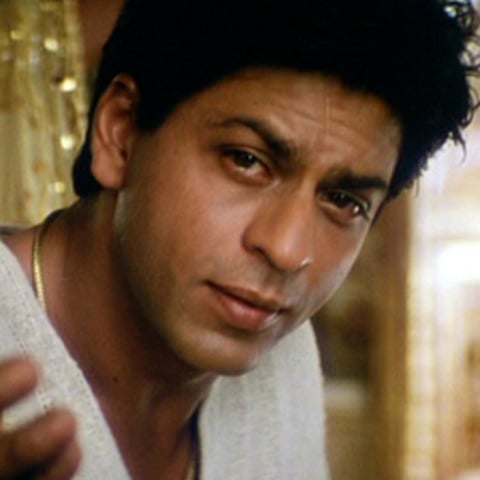Credit: Flikr / Katrin Miller
One of the most enduring stories of Indian cinema, both mainstream and regional, has been Devdas.* Originally a novella written by Bengali author Sarat Chandra Chattopadhyay in 1917, the story of 'Devdas' has been adapted and reinvented across time and cultures, to suit cinematographers' tastes and meet commercial demands. The focus of the narrative is Devdas, a scion of an aristocratic Bengali family. Devdas is a complex character cut in the mould of an individuated, Promethean-like Romantic-rebel figure; an aristocrat at odds with the materialist legacy of his land-owning family, a lover who cannot commit, and a repressed, politically disoriented rebel who meets a tragic end of his own making.
The first official screen adaptation, a silent film directed by Naresh Chandra Mitra, appeared in 1928. However, the first widely-influential version appeared in Bengali in 1935, directed by Pramathesh Barua, the doyen of Bengali cinema. Barua himself played the lead role and instantaneously made an impact as the love-torn tragic hero. For decades afterwards the persona of the fictional Devdas was associated with Barua himself. Barua followed the success of the 1935 Bengali version with a Hindi adaptation the following year, with K L Saigal in the lead. Box-office sales soared. Since then there have been numerous adaptations emerging from many of India's film making centres – at least one Tamil version (dir. P V Rao, 1936), Assamese (dir. P C Barua, 1937), Malayalam (dir. Crossbelt Mani, 1989), two Telugu versions (dir. Vedantam Raghavaiah, 1953 and Vijayanirmala, 1974), and two further Bengali adaptations (dir. Dilip Roy, 1979 and Ashim Samanta, 2002).

